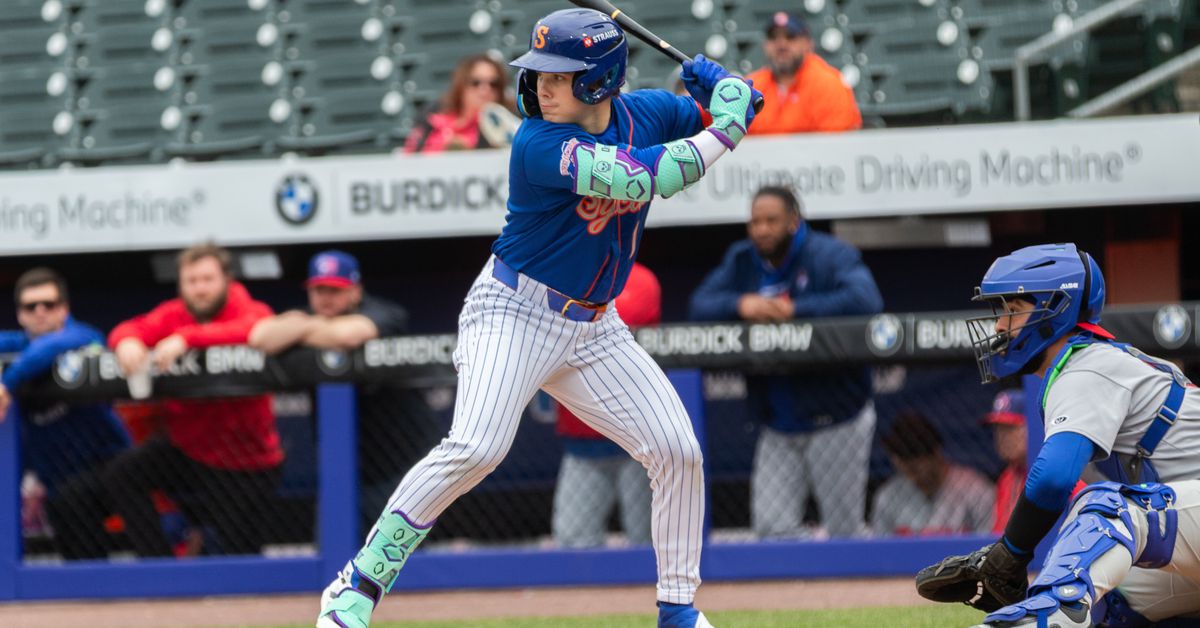The New York Mets have demonstrated an aggressive posture at the trade deadline, culminating in the acquisition of unique submarining right-hander Tyler Rogers. This move reflects the team’s commitment to bolstering its bullpen, with Rogers bringing a distinct and effective pitching style that has proven surprisingly durable and productive since his 2019 debut.
While Rogers’ on-field contributions are notable, the true intrigue of this transaction lies in the compensation surrendered by the Mets. To secure his services, the organization parted ways with three well-known prospects: Drew Gilbert, José Buttó, and Blade Tidwell. The inclusion of these familiar names immediately sparked widespread discussion among the fanbase and analysts alike.
Drew Gilbert, arguably the most prominent piece in the package, arrived in the Mets system as a former Top 100 prospect, acquired in the significant Justin Verlander trade just two years prior. His potential as a future center fielder for the team made his inclusion in the Rogers deal a point of considerable debate, prompting an initial reaction of “sticker shock” from many observers.
However, Gilbert’s tenure with the Mets was unfortunately characterized by a combination of injuries and inconsistent performance. A hamstring injury significantly hampered his 2024 season, and his offensive production across various minor league levels, including a challenging stint in the Arizona Fall League, led to a substantial decline in his prospect standing.
José Buttó, another component of the trade, represented a useful but ultimately inconsistent arm within the Mets’ pitching hierarchy. Despite flashes of effectiveness, his inability to consistently miss bats and his out-of-options status made him a somewhat expendable asset, particularly as the team sought to optimize its 40-man roster for immediate bullpen upgrades.
Blade Tidwell, the final prospect in the package, is recognized as a volatile pitching talent with an impressive capacity for strikeouts. While his command has been an ongoing challenge, his deep arsenal of pitches provides a high ceiling, offering the Giants a potential developmental project with significant upside if they can help him harness his raw abilities.
Considering the full scope of the trade, the question arises: did the Mets overpay for Tyler Rogers? While the names involved carry a certain perceived value, particularly Gilbert’s former top prospect status, a closer examination suggests the price was more strategically calculated than initially apparent, especially given Gilbert’s recent struggles and Buttó’s roster limitations.
Ultimately, this transaction signals the Mets’ confidence in their burgeoning pitching development system. By trading from what they perceive as a position of depth, the organization is implicitly asserting its ability to cultivate new talent capable of filling the voids left by these departing prospects, both at the minor league level and eventually on the major league roster.






Leave a Reply